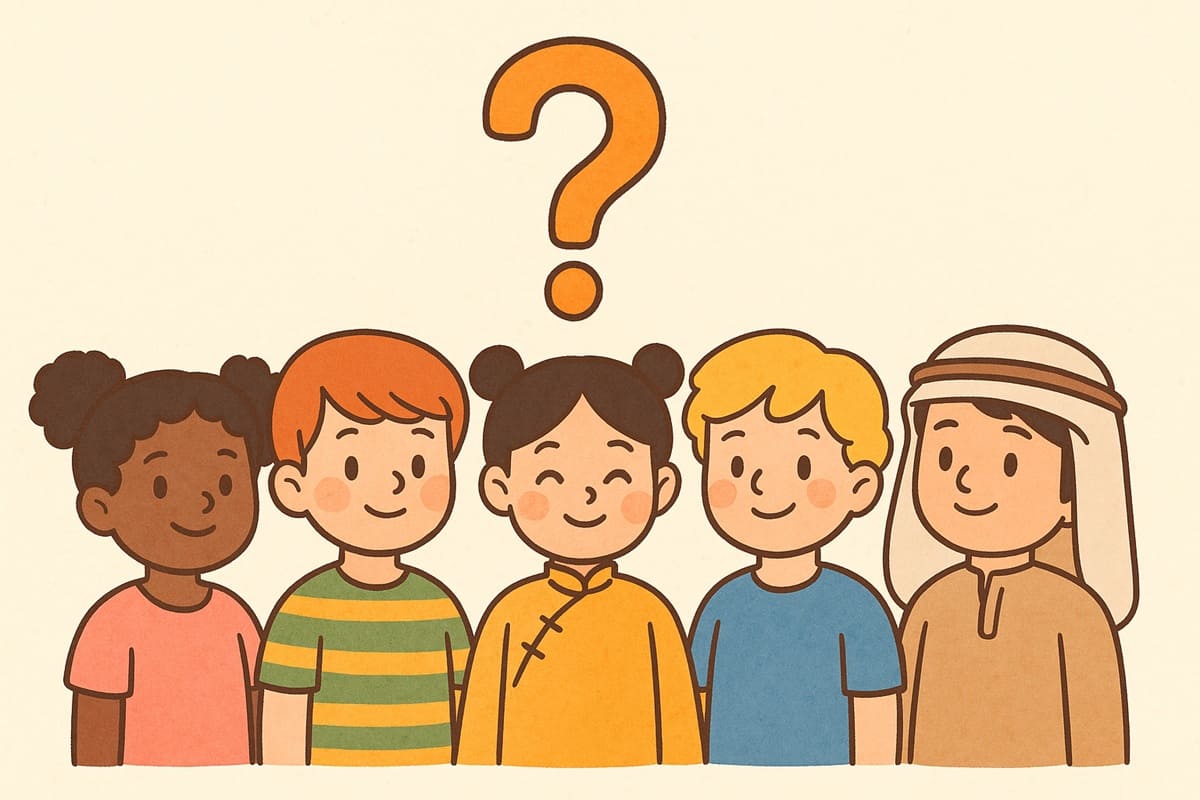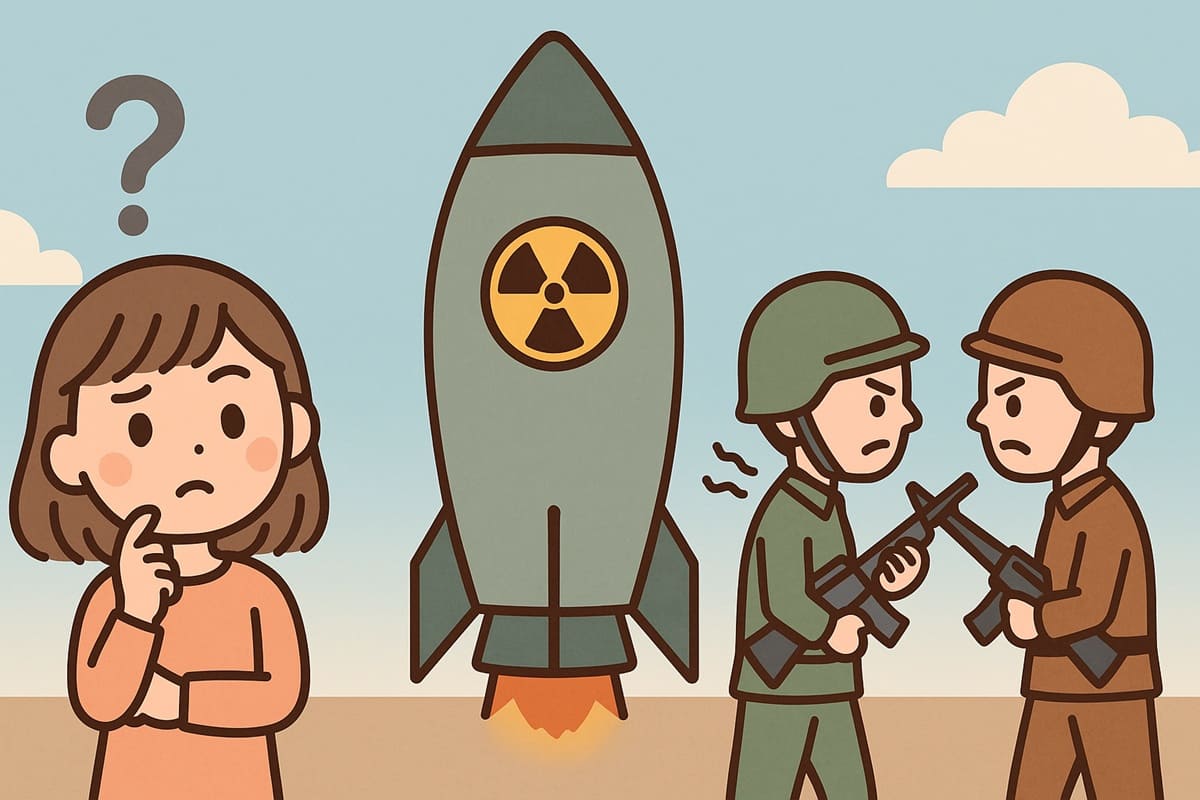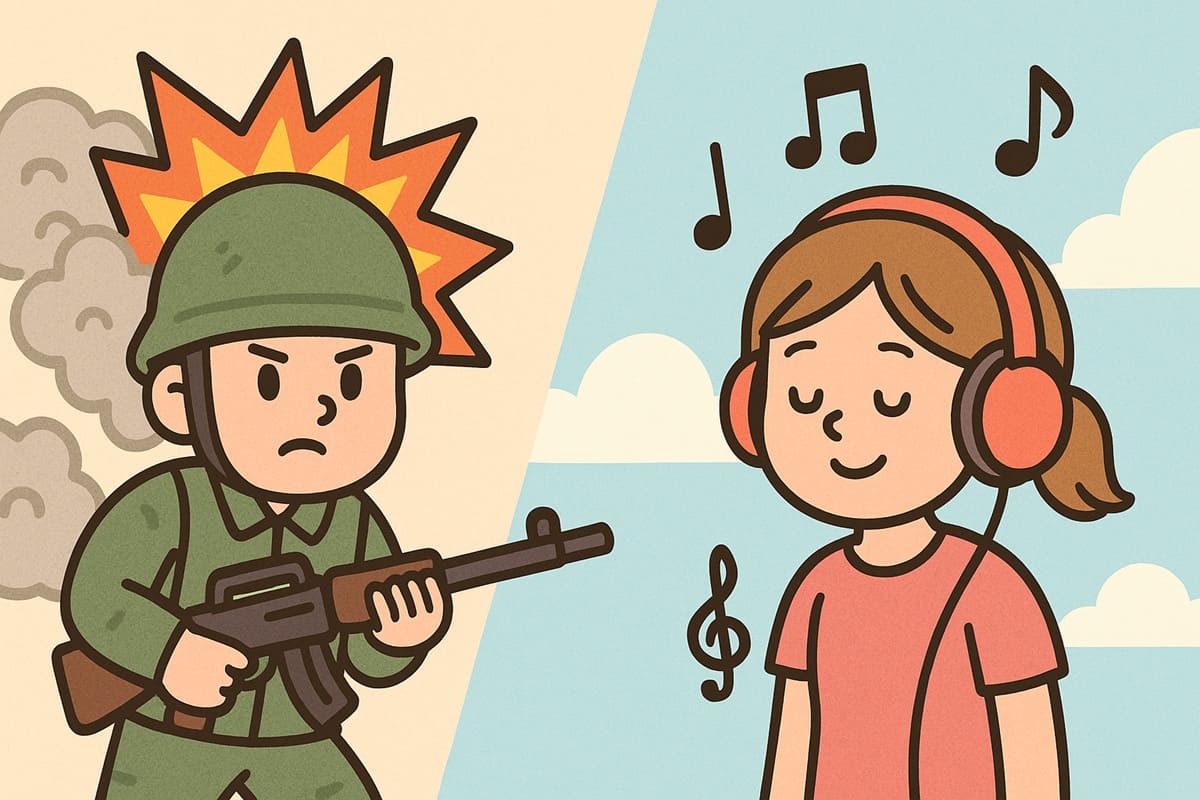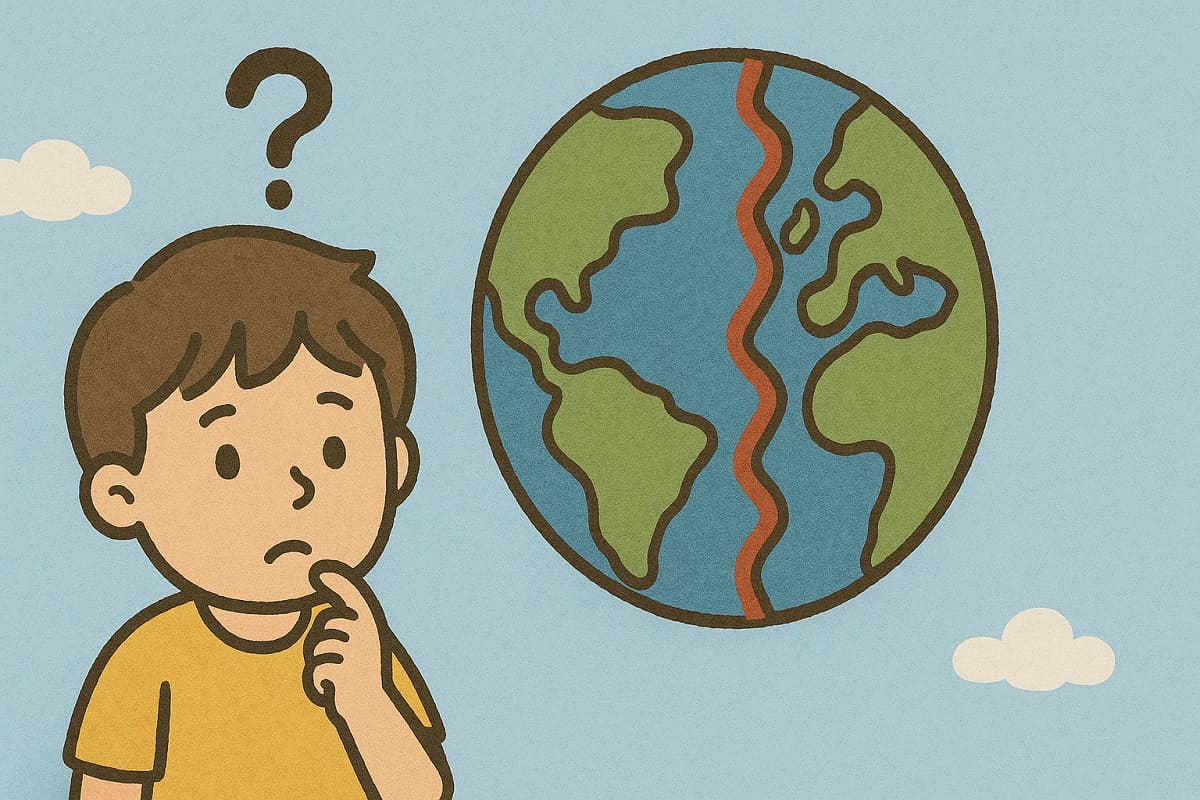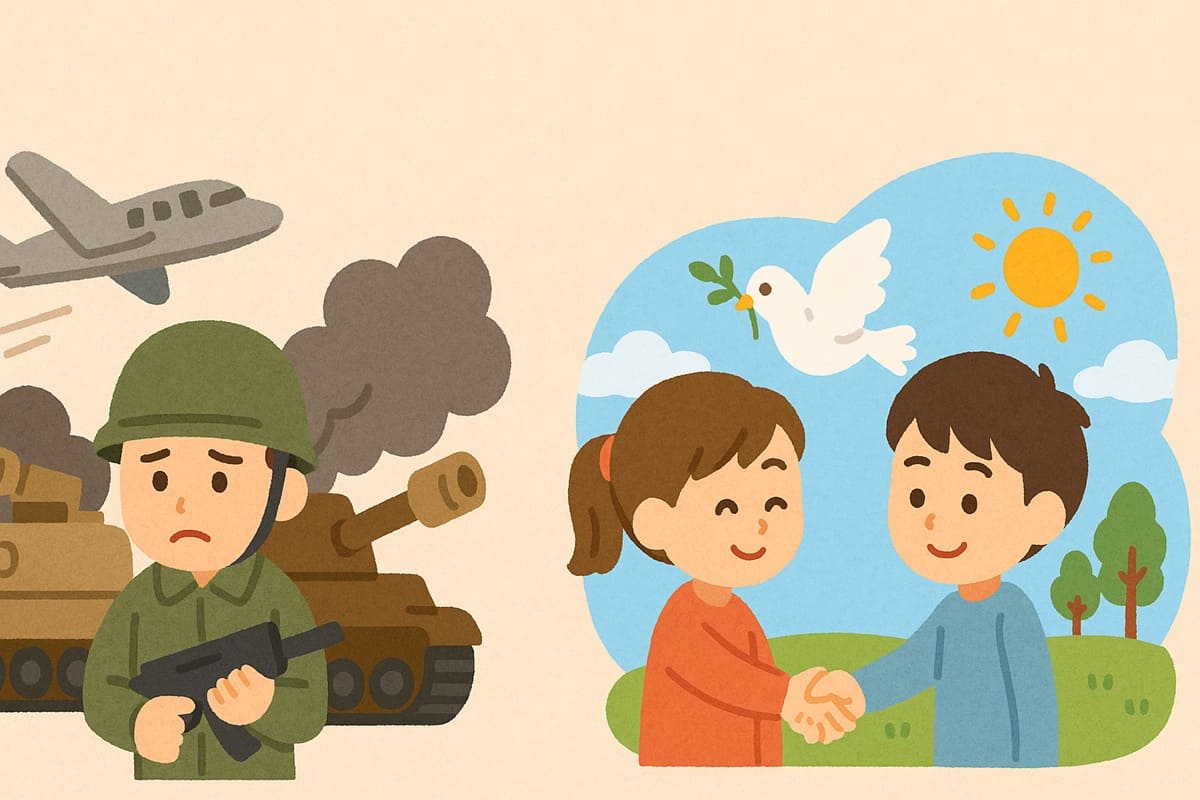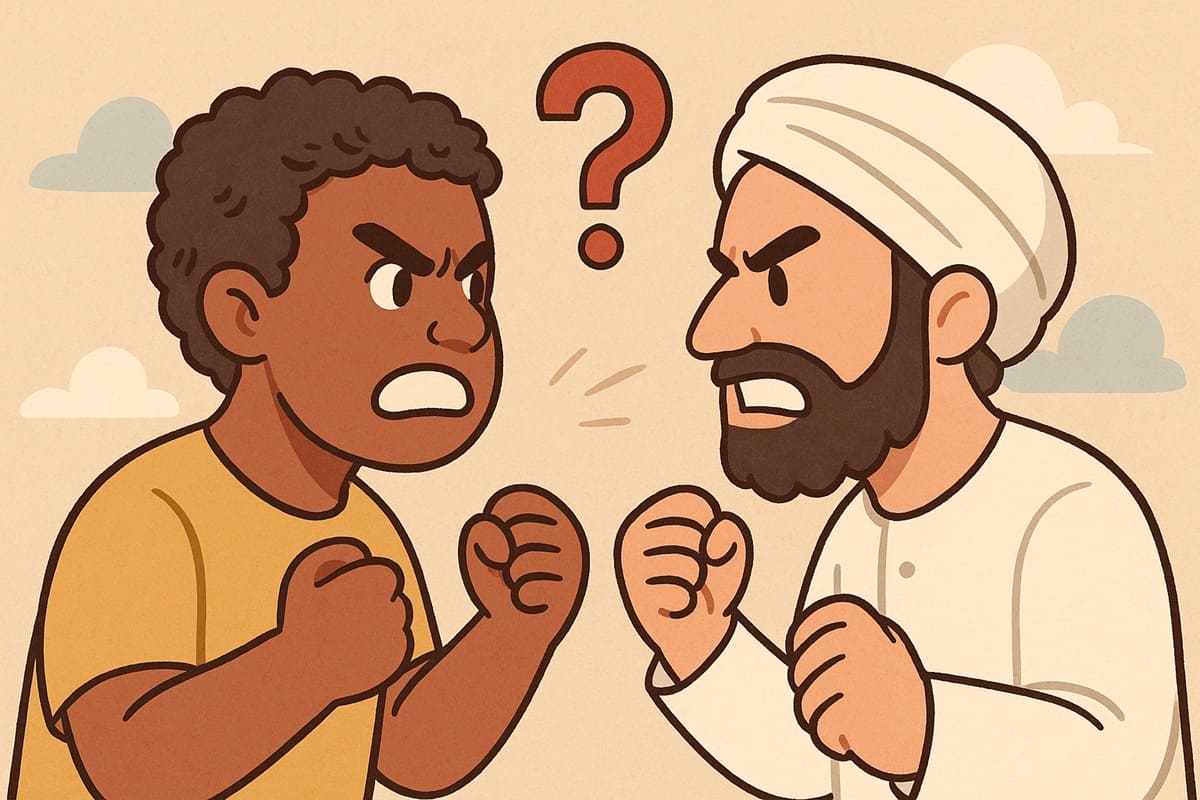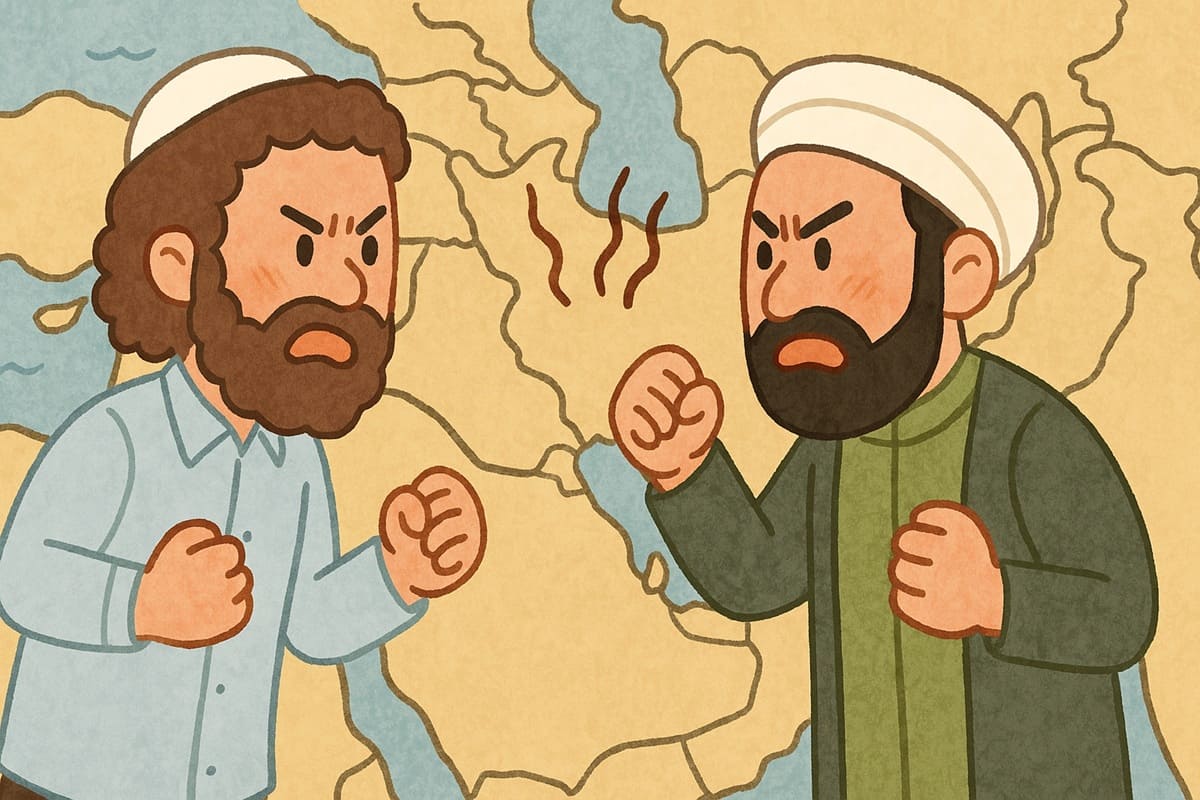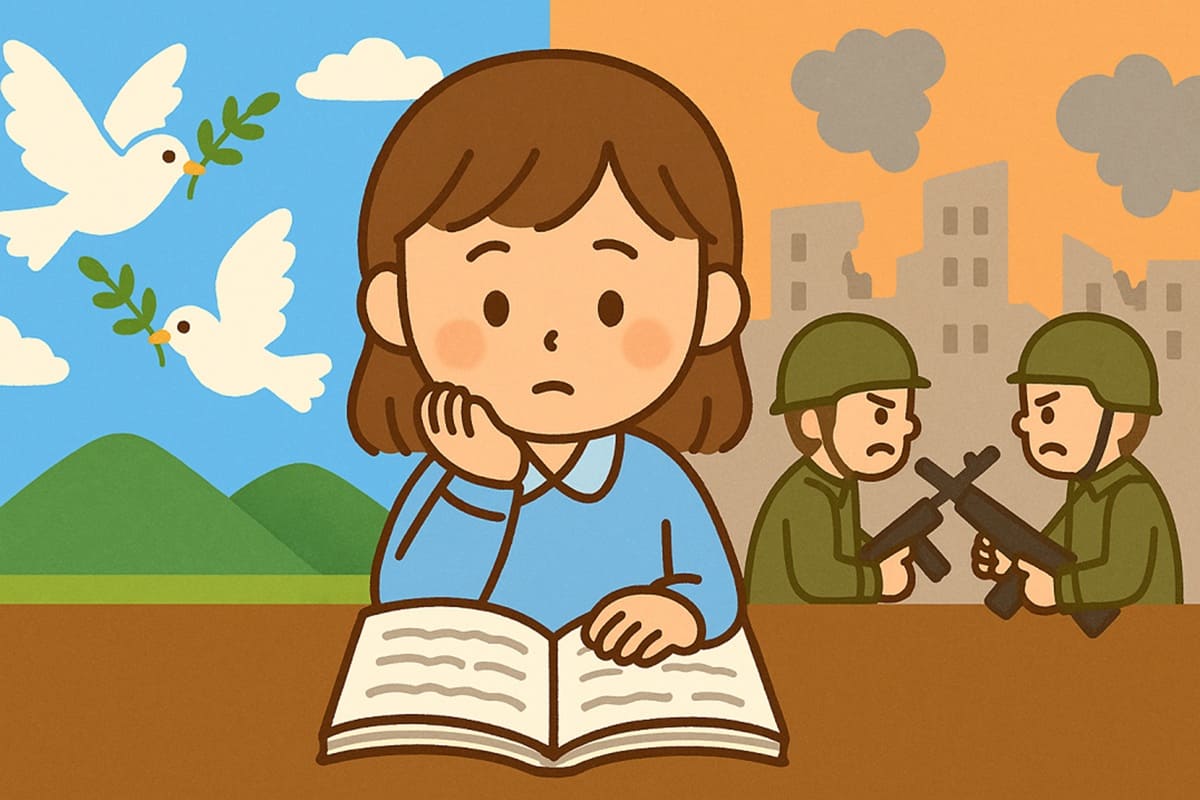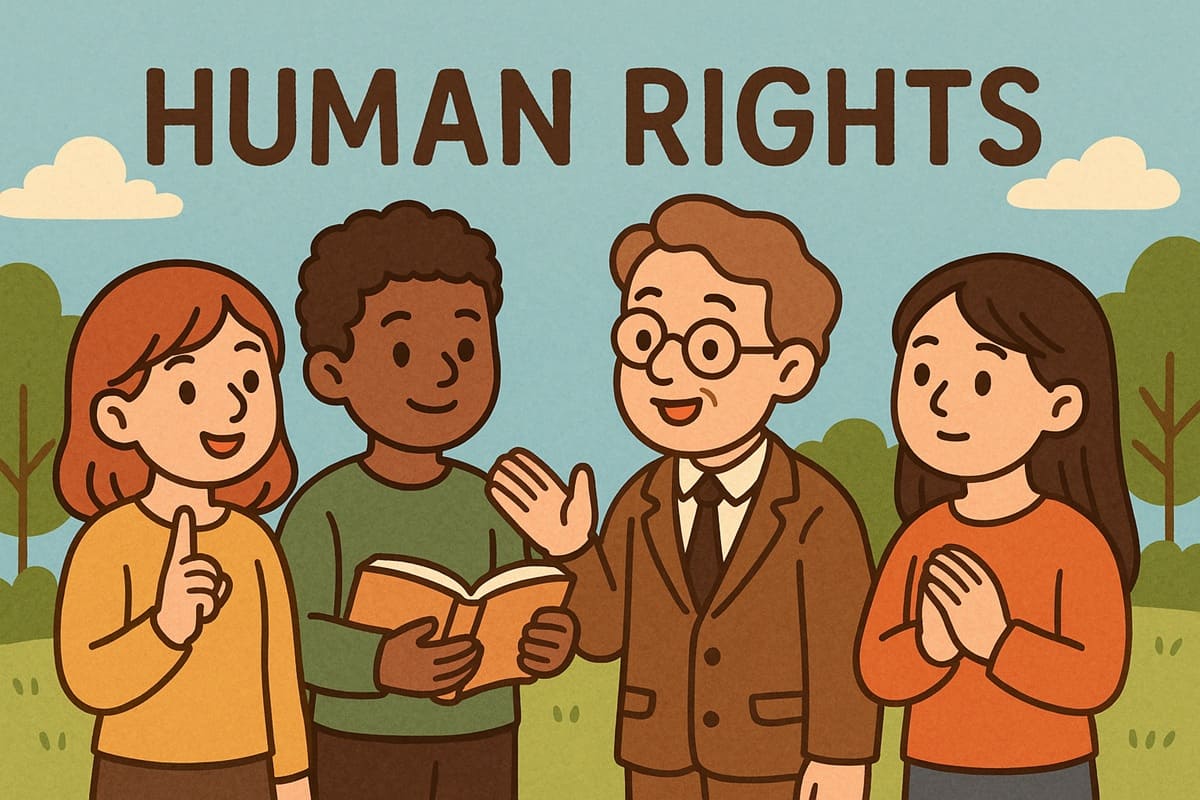How Can We Eliminate the Sufferings of Life? Learning from the Teachings of Early Buddhism
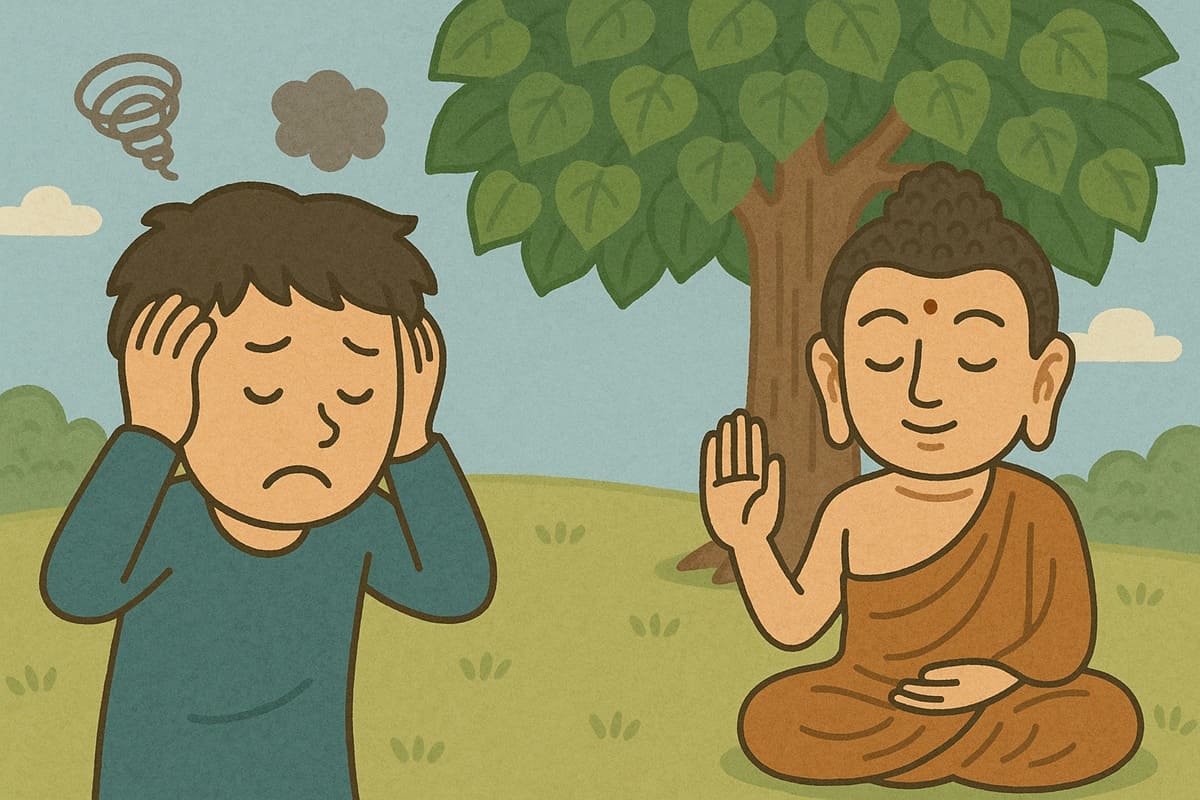
When people hear the word Buddhism, they might think of temples or funerals. But what is Buddhism really for? And how are its teachings connected to our daily lives and to peace in society?
This time, we’ll focus on “Early Buddhism,” the earliest form of Buddhism from the time when the Buddha (Shakyamuni) was alive, and we’ll explore its simple yet powerful message of peace.
What Is Early Buddhism?
Early Buddhism refers to the first form of Buddhism taught by Gautama Buddha (Shakyamuni) in India around the 5th century BCE. Compared to later developments such as Mahayana Buddhism, it was very simple and practical.
The teachings centered on what the Buddha realized after attaining enlightenment: “How can human suffering be reduced?” In other words, Buddhism began as a practical path to solving the problem of suffering in life.
The Starting Point of Buddhism: Life Is Full of Suffering
The Buddha observed that “life is full of suffering.” This is called dukkha in Sanskrit.
Everyone grows old, gets sick, and eventually dies. We experience the pain of parting from loved ones, being forced to face people we dislike, failing to get what we want, and struggling with our own mind and body.
The Buddha deeply considered how to overcome such suffering—and found an answer.
The Four Noble Truths (Shitai)
What the Buddha realized is summarized as the Four Noble Truths, which can be seen as four steps:
- The Truth of Suffering (Dukkha): Recognizing that life inevitably involves suffering.
- The Truth of the Cause of Suffering (Samudaya): Suffering has causes, mainly desire and attachment.
- The Truth of the Cessation of Suffering (Nirodha): If those causes are eliminated, suffering disappears.
- The Truth of the Path (Magga): To end suffering, one must practice the right way of living—namely, the Eightfold Path.
In short, Buddhism teaches: “Suffering has a cause, and because of that, there is a way to remove it.” It is like a manual for solving the problems of life.
The Eightfold Path: A Practical Way to Live in Peace
The Eightfold Path is a set of eight concrete practices to eliminate suffering and gain inner peace:
- Right View: Understanding things as they truly are—realizing that everything changes.
- Right Intention: Cultivating kind and non-harmful thoughts.
- Right Speech: Avoiding lies or harsh words; using compassionate language.
- Right Action: Respecting life and behaving ethically.
- Right Livelihood: Earning a living in an honest way, without deceiving others.
- Right Effort: Persistently practicing good deeds and avoiding harmful actions.
- Right Mindfulness: Staying aware of the present moment with clarity.
- Right Concentration: Calming and stabilizing the mind through meditation.
Each of these is a practical method for not fighting and for calming both our own heart and the hearts of others. In that sense, the Eightfold Path is truly a path of peace.
The Relationship Between Buddhism and Peace
The teachings of Early Buddhism focus on avoiding conflict, showing compassion to others, and attaining inner calm. The Buddha himself rejected violence and revenge, emphasizing the respect for all forms of life. This is why Buddhism is often called a “religion of peace.”
Moreover, when people are controlled by desire or anger, they tend to fall into conflict and violence. Buddhism calls these emotions defilements (kleshas) and stresses the importance of overcoming them. Inner peace, therefore, is seen as the foundation for peace in society.
What We Can Do?
Modern society is also filled with competition and stress. In such a world, the teachings of Early Buddhism provide a simple yet powerful message:
- Calm your own mind first.
- Show compassion to others.
- Avoid lies and violence.
These are steps that anyone, in any era, can take as the very first steps toward peace.
Conclusion
Early Buddhism aimed to eliminate the sufferings of life. To do this, the Buddha taught the Four Noble Truths and the Eightfold Path—timeless wisdom that helps us live more peacefully and happily.
Without peace in our own hearts, peace in society cannot exist. That is why the path to peace begins by looking inward and reflecting on our own minds.
Main References
- Buddhism. (n.d.). Encyclopaedia Britannica.
- Hinodai Shoji. (2023). Shakyamuni’s Enlightenment (Four Noble Truths and Eightfold Path).
- Smithsonian Magazine. (2022). Archaeologists Are Learning More About the Buddha’s Legendary Nepali Hometown.
- Internet Encyclopedia of Philosophy. (n.d.). Buddha.
- Life Workers Blog. (n.d.). The First Turning of the Dharma Wheel and the Basic Doctrines of Buddhism.

